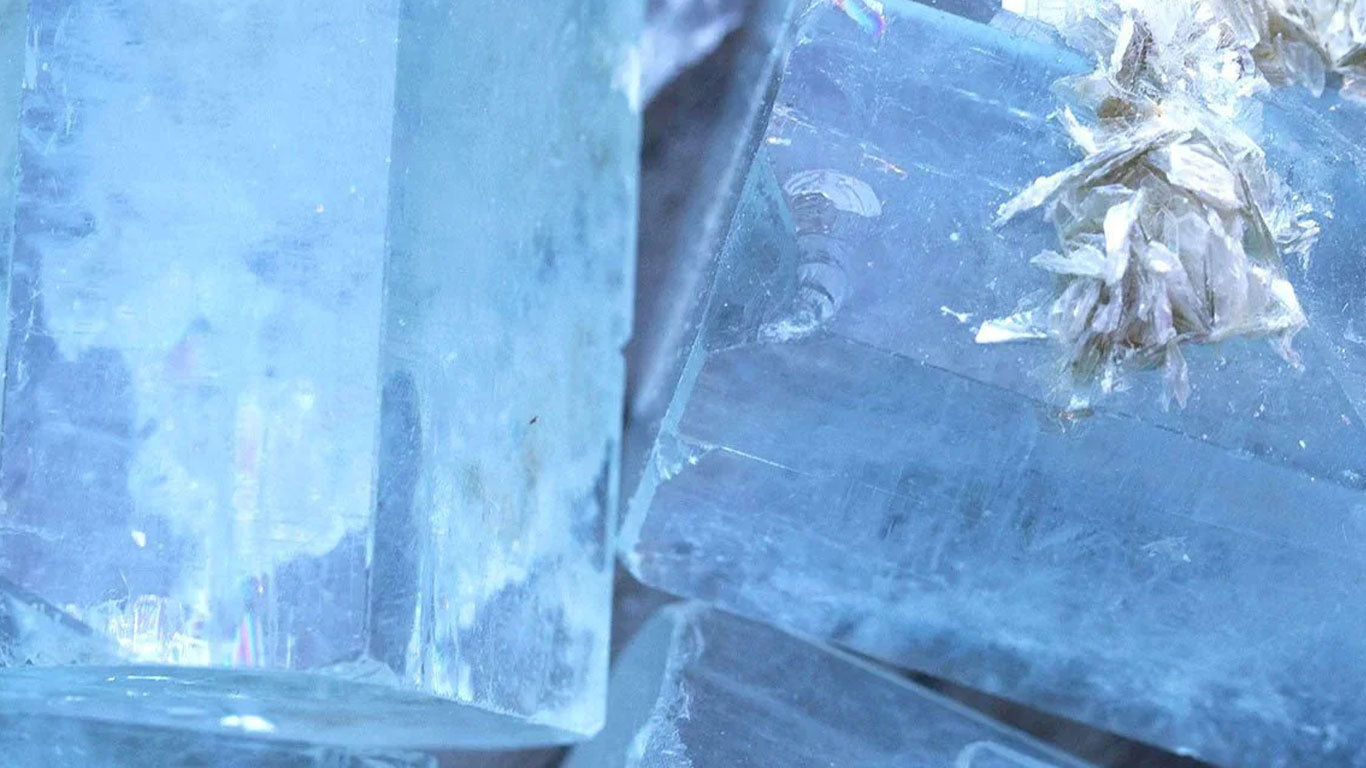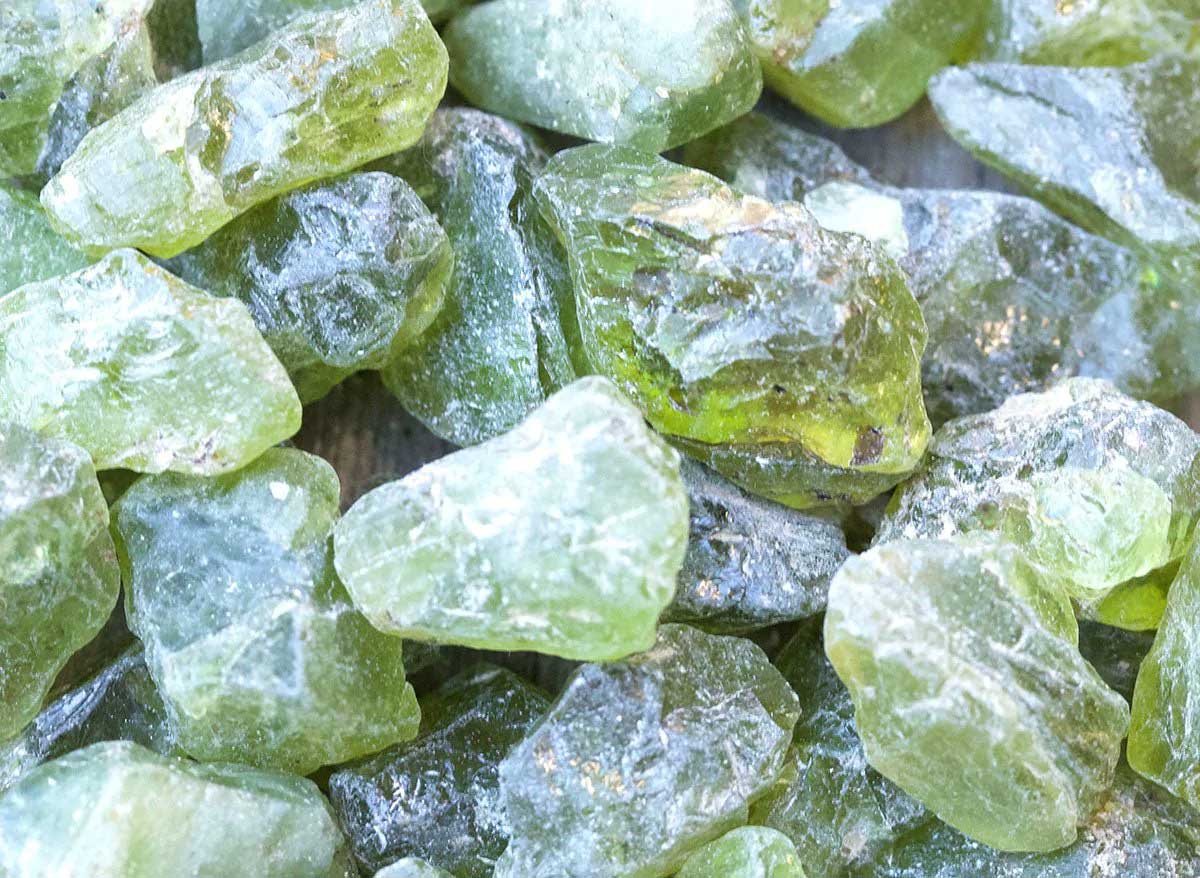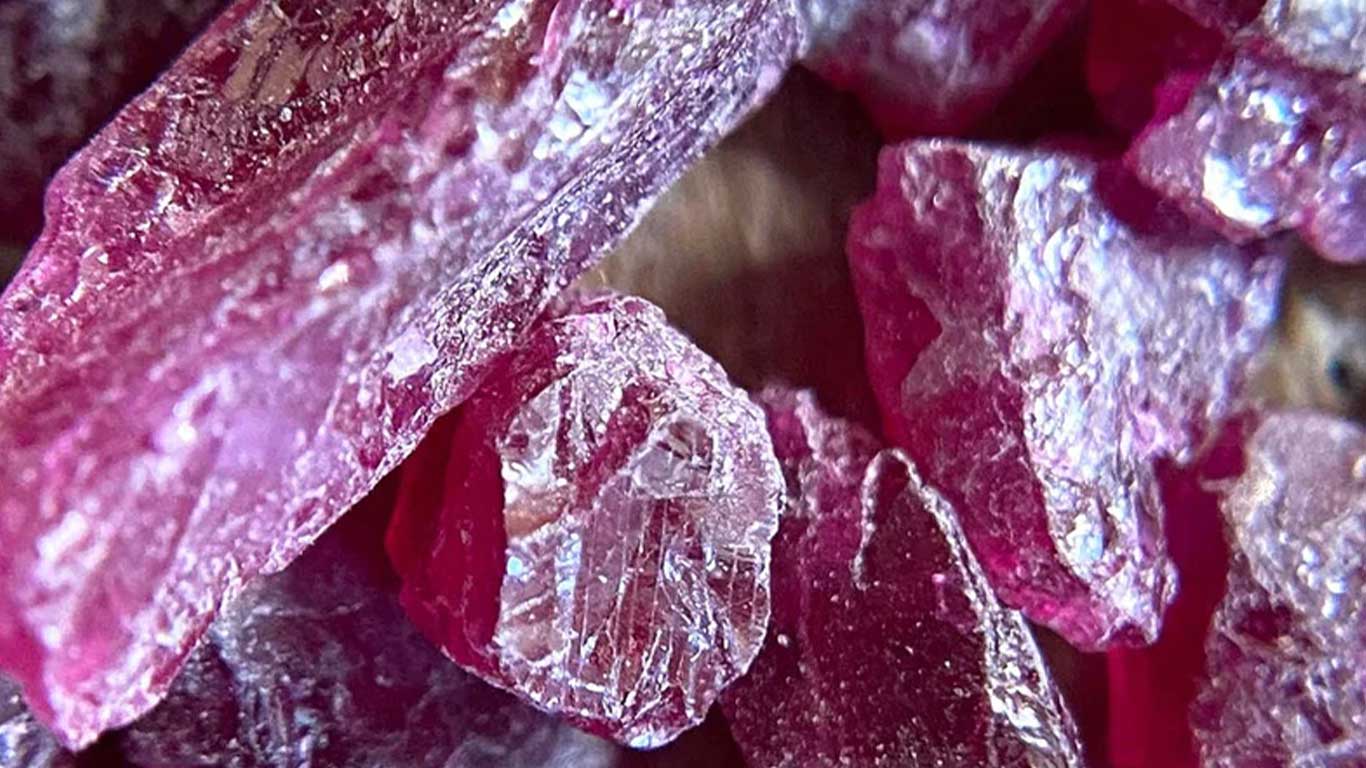
Aquamarine Jewelry History: Treasure of Mermaids, Adored by Sailors.
The Meaning and History of Aquamarine
Aquamarine is a pale blue-colored gemstone, a member of the beryl family which takes its name from two Latin words, aqua (water) and marine (of the sea). Needless to say, aquamarine stones have long been associated with the water, sea, serenity and the marine world . Long considered a 'sailor's gemstone', there are fascinating legends surrounding aquamarine which stretch back into ancient times.

Aquamarine became the stone at the center of all seawater mythology and folklore. It was prized by ancient Romans and ancient Greeks alike, who considered the blue beauty to be prized by Poseidon (if Greek) or Neptune (if Roman). Aquamarine stones belonged to mermaids, and were stored in their treasure chests. This sailor's stone also had the ability to soothe stormy seas, according to Roman legend. A mariner would toss his aquamarine stone into the seawater to protect himself from the rough conditions, perhaps as an offering to curry favor with an angry Neptune.

The first recorded writings regarding aquamarine come from the author Damigeron, in his book On the Virtue of Stones. Damigeron was a healer in the 2nd century CE who wrote of the medicinal properties of aquamarine, claiming that when mixed with warm water and drank, it would cure ailments of the eyes.
In his works Natural History, Pliny the Elder wrote: "The lovely aquamarine, which seems to have come from some mermaid’s treasure house. In the depths of a summer sea, has charms not to be denied”.
The Romans also believed that aquamarine stones represented young love. The lovely aquamarine represented both sea and youthful happiness. A Roman custom developed where aquamarine stone would be carved into the shape of a frog in order to bring two enemies together in reconciliation. Aquamarine was also associated with fertility and was considered a suitable gift for a groom to give to his bride after their honeymoon.


The Spiritual Meaning of Aquamarine
As mentioned above, aquamarine stones have been long associated with the sea, fertility, reconciliation, young love and serenity. Depending on the culture, aquamarine stones carried different connotations. The Hebrews living under Roman occupation associated aquamarine stones with a safe journey, which in turn morphed into the early Christian associations of aquamarine and St Thomas, the Apostle. St. Thomas would travail the Mediterranean Sea to spread the Gospel and the connection between aquamarine and protecting sailors was renewed again under fresh mythos.

As a healing stone, aquamarine was often worn as a talisman to cure ailments of the jaw, teeth, liver, stomach, and eyes. Aquamarine granted the wearer good fortune in battle, both in combat and in legal battles. Aquamarine's reputation in the middle ages was that of both a healing stone and one for fortune-telling.
Aquamarine was the material of choice for making crystal balls and it was often suspended over bowls of water, the ripples in the water would reveal the future or portend different outcomes to the soothsayers. Such divination techniques vary from place to place and culture to culture but the link between water and aquamarine is an ever-present constant. It is believed that should the powers of aquamarine begin to weaken, they can be restored by placing the aquamarine into water.
The Significance of Birthstones: March and Aquamarine
Aquamarine jewelry is the March birthstone, making it a fantastic gift to give to someone you love whose birthday is in the third month of the year. The metaphysical effects of aquamarine jewelry are said to be best enjoyed by those born in March, particularly if worn on a ring, necklace, or pendant. If you are looking for an excuse to purchase this excellent stone, aquamarine's deep blue color pairs exceptionally well with most fashion tastes, from royal to rugged. Aquamarine is traditionally given as a 19th wedding anniversary gift also.

Aquamarine is part of the Beryl family, and like emerald, it is a hard stone, getting a 7.5 on the Mohs hardness scale. Aquamarine is not a particularly rare stone, which does affect how valuable it is and there are deposits in many countries throughout the world. Brazil is home to the largest deposits. After Brazil, the Ural mountains also contain large deposits of the sailor's gem.
Aquamarine crystals can be mined in Malawi, Kenya, Madagascar, Mozambique, Pakistan, Tanzania, Angola, the United States, and Zambia. You can purchase your very own unique piece of aquamarine jewelry in our ready to wear section here.



